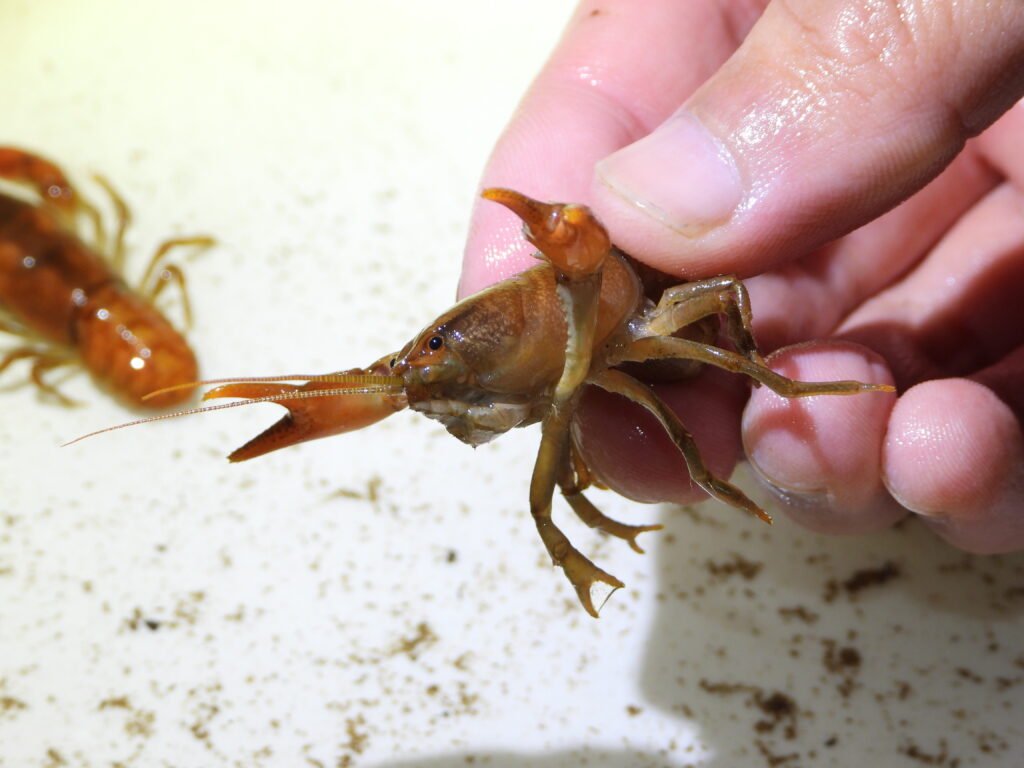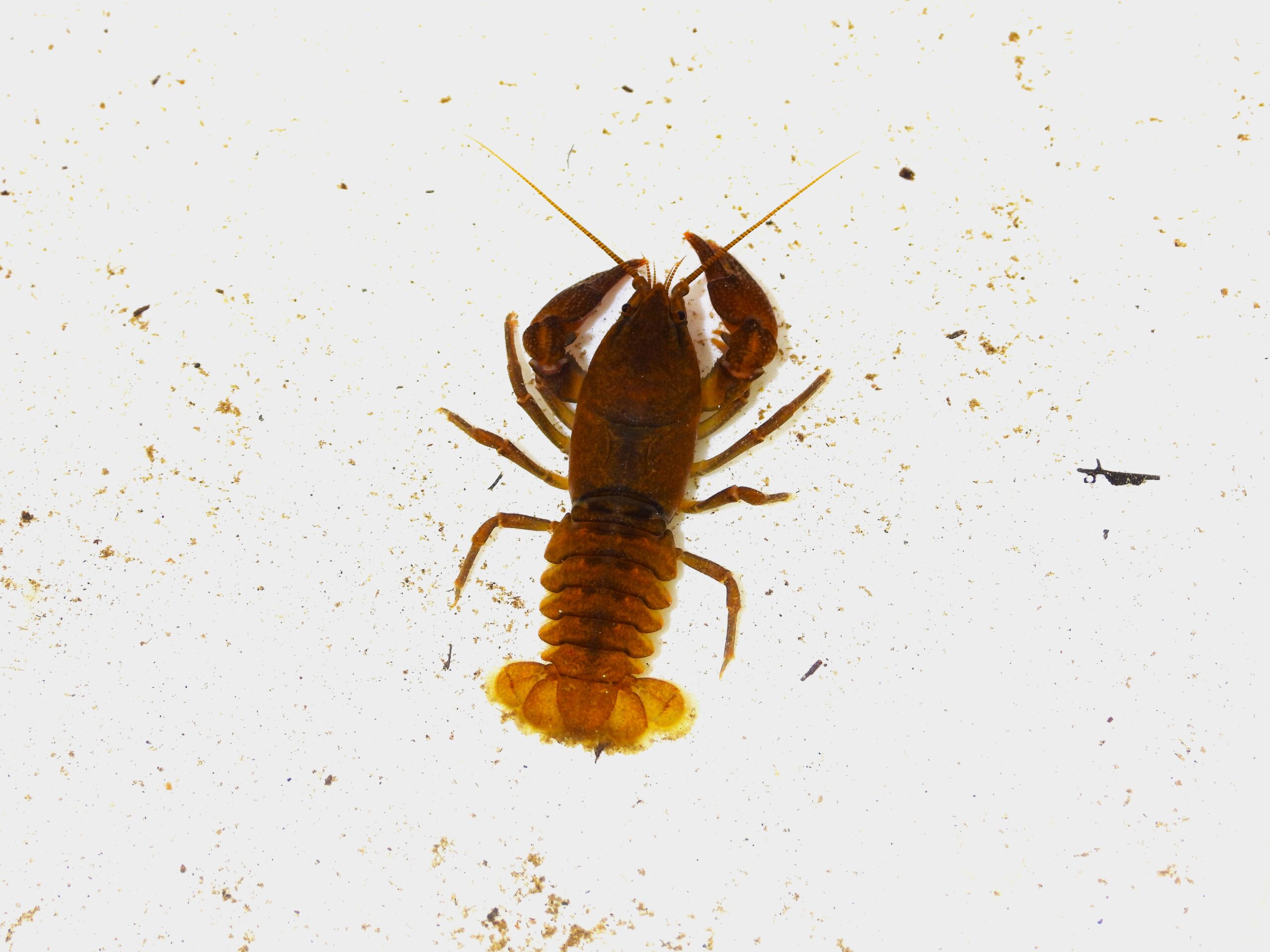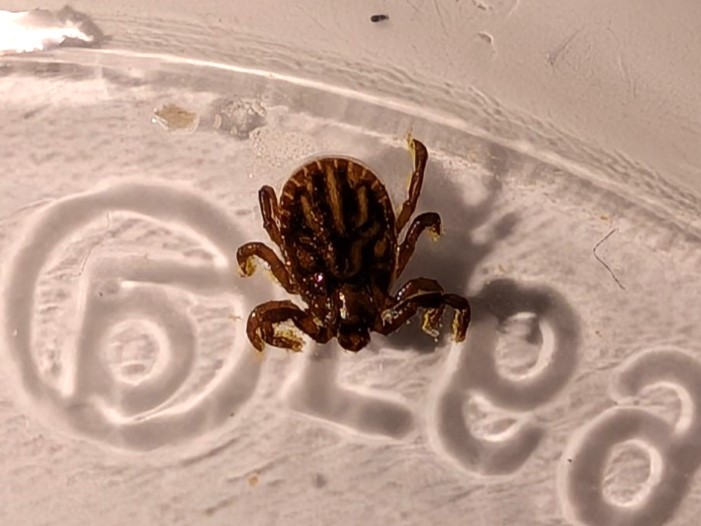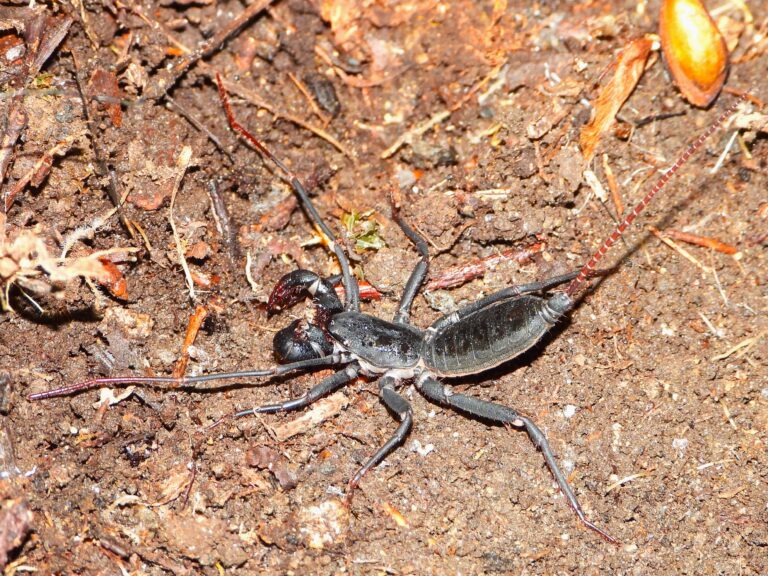Japanese Crayfish (Cambaroides japonicus) – Wildlife of Japan
Introduction
The Japanese crayfish (Cambaroides japonicus) is Japan’s only native crayfish species. Endemic to northern Japan, it inhabits the cold, clear mountain streams of Hokkaido and the northern parts of Honshu. Though small in size, it holds an important place in freshwater ecosystems and is increasingly recognized for its vulnerable conservation status.
Appearance
This crayfish is relatively small, usually measuring around 5–7 cm in body length. Its coloration ranges from brownish to dark olive, often blending with river stones. The claws are slender compared to invasive crayfish species, and the body has a compact, somewhat flattened form. Antennae are long and sensitive, used for detecting changes in its environment.
Habitat
The Japanese crayfish prefers cold, oxygen-rich freshwater environments such as mountain streams, spring-fed rivers, and shaded brooks with gravel or rocky substrates. It hides under stones, within crevices, or beneath fallen leaves to avoid predators and strong currents. The species is highly sensitive to water quality, which restricts it to unpolluted habitats.
Behavior
Japanese crayfish are nocturnal and most active at night, when they emerge from shelters to forage. They are generally slow-moving and not as aggressive as some introduced crayfish species. During the day, they tend to remain hidden under rocks or submerged wood. When threatened, they raise their claws defensively but rely mostly on camouflage and retreat.
Diet
They are omnivores, feeding on algae, decaying plant matter, aquatic invertebrates, and occasionally small fish or carrion. By consuming detritus, they help recycle nutrients and maintain the balance of freshwater ecosystems.
Reproduction
Breeding usually occurs from autumn to winter, with females carrying fertilized eggs on their swimmerets until hatching the following spring. The eggs are aerated and protected by the female. The juveniles resemble miniature adults and remain hidden until large enough to fend for themselves. Growth is relatively slow, and the lifespan can extend several years under stable conditions.
Conservation
The Japanese crayfish is listed as Vulnerable on Japan’s Red List due to habitat degradation, pollution, and serious threats from invasive crayfish such as the signal crayfish (Pacifastacus leniusculus) and the red swamp crayfish (Procambarus clarkii). Another critical danger is the crayfish plague (Aphanomyces astaci), a disease carried by foreign species that can wipe out native populations. Internationally, the species is currently categorized as Data Deficient (DD) by the IUCN, but within Japan, it is treated as a threatened species in urgent need of protection. Safeguarding pristine headwater streams and preventing the spread of invasive crayfish are key to its survival.
Author’s Impression
In Japan, the invasive red swamp crayfish (Procambarus clarkii) has spread widely and caused major impacts on local ecosystems. In contrast, the native Japanese crayfish is extremely rare. It actually took me two full days of searching before I finally encountered one. Their habitats are shrinking, and this species has truly become difficult to find in the wild.




